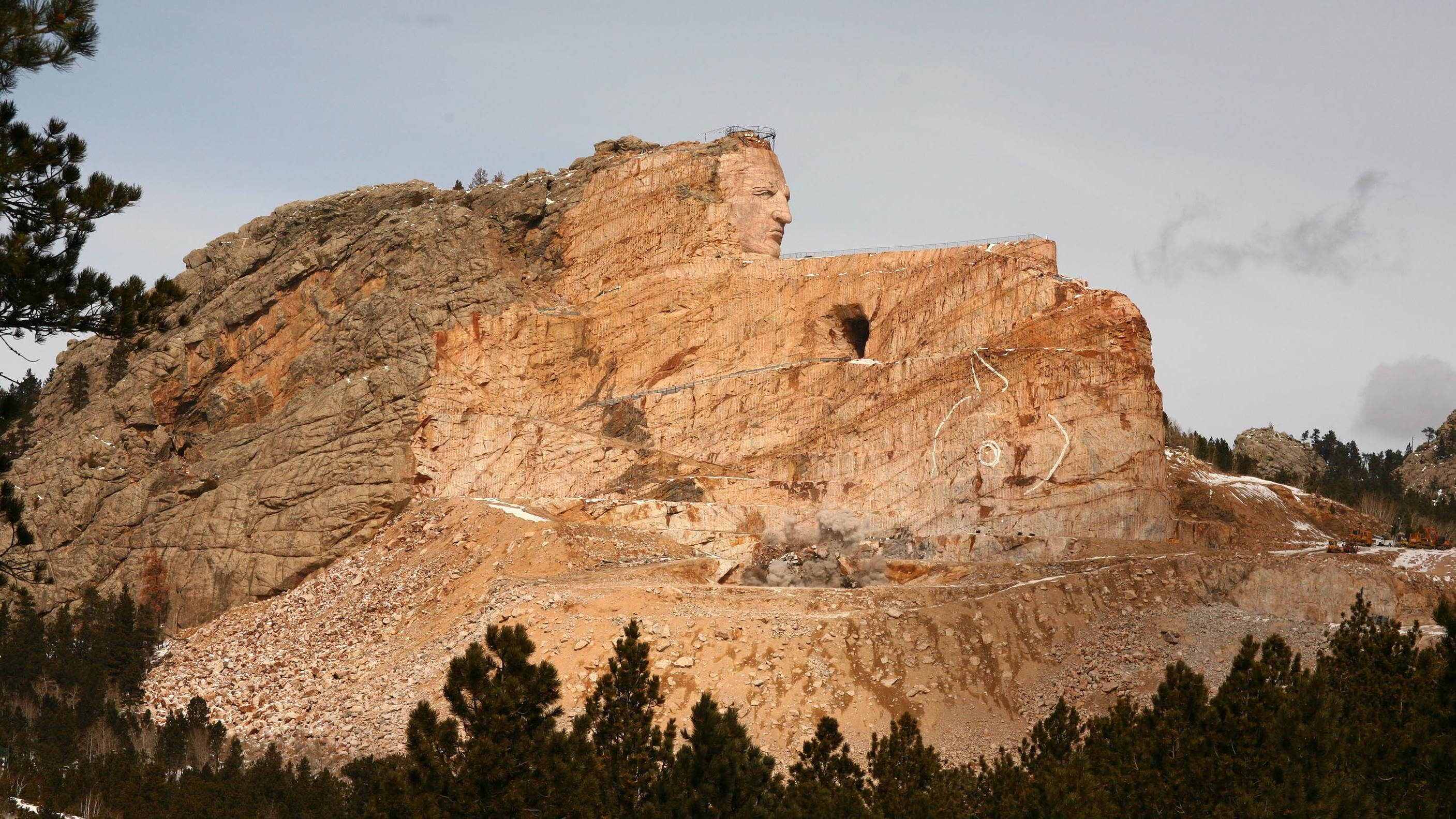
While it was completed in 1941, the iconic status Mount Rushmore has in modern American culture is a perfect image of the farce that is the common view of our whitewashed history.
In answering the question “Who made America?” Rushmore shows four white men, all presidents: George Washington, Thomas Jefferson, Franklin Roosevelt and Abraham Lincoln.
Yes, these were influential leaders in our nation’s history, and presidents should be remembered. But they were not the pure mythic figures we’ve made them into, and it was not just white men who built the United States into the democracy we see it as today.
On March 31, I had the incredible privilege of meeting one such person who risked his life for democracy, here in the United States — Rep. John Lewis.
In grade school and most of high school, my American history classes focused on presidents and legislative procedure and the just wars we fought, with the occasional film and obligatory explanation of who Martin Luther King and Rosa Parks were each February.
I didn’t hear about John Lewis until junior year of high school, reading Howard Zinn’s alternative history of the United States. While a lot of history books talk about the March on Washington, Zinn’s one of the few who points out the behind the scenes division between young leaders such as Lewis and federal officials in the Kennedy administration who were hesitant to take direct action to protect civil rights workers.
My education also focused on King and Parks, leaving out many of the other leaders — A. Philip Randolph, Medgar Evers, Bayard Rustin, James Lawson, Stokely Carmichael, Malcolm X, Fannie Lou Hamer and Shirley Chisholm — and almost all the martyrs.
The Black Power movement and Black Panther Party that followed the most well known years of the movement, 1963-1965, are often presented negatively without context or omitted entirely. They’re often criticized as being violent and advocating the overthrow of the government, but if you really read the history they had far more justification to do so than, say, some wealthy British colonists in 1775.
So yes, it’s unquestionable that the four presidents have shaped the United States (although having two slave-owning presidents and the man credited as the one who ended slavery is a problematic combination) but they are far from the only ones deserving recognition on that level.
But wherever they are recognized, it shouldn’t be anywhere near the current Mount Rushmore, as I noted in the headline.
The tragic icing on the cake of our whitewashed history regarding Mount Rushmore is the fact that we stole the land it’s built on, as we or those before us stole most of the land in the United States.
In 1868, the Treaty of Fort Laramie granted the land Mount Rushmore is now carved into to the Lakota permanently — not that we had the right to give them their own land.
Less than a decade later, we took the land by force.
I don’t know where a similar monument to the heroes who fought for democracy on behalf of those who aren’t white, cisgender, straight and middle class (or richer) men, and it’s not my place to say who should be on it.
But we need to do something to better remember the abolitionists (and not just the white ones), the leaders of the worker’s rights movement, the civil rights movement, the women’s and LGBTIQA rights movement (and not just the white ones there, either), the Latin American and Asian American and Native American equality movements.
None of these movements of the 1960s and 1970s have finished their work; there’s still a lot to be done. While we memorialize and mythicize Martin Luther King, what’s not focused on — as one attendee pointed out following Rep. Lewis’ speech — is his final work in trying to lead a Poor People’s Campaign that would draw attention to income inequality experienced by people of all races, ethnicities and genders.
As Lewis said during our roundtable discussion, the world would be a very different place had King and Robert Kennedy not been assassinated in 1968.
But they were, and it’s up to us to keep their work going.
The first step is education on our genuine and often unpleasant national history, and it’s primary sources — memoirs like Lewis’ “Walking with the Wind” and collections of speeches and writings by historians like Zinn — that really provide the perspective textbooks lack.
In preparing for my interview with John Lewis, I watched PBS’ series “Eyes on the Prize” and a documentary by Zinn, “The People Speak.” I highly recommend both.